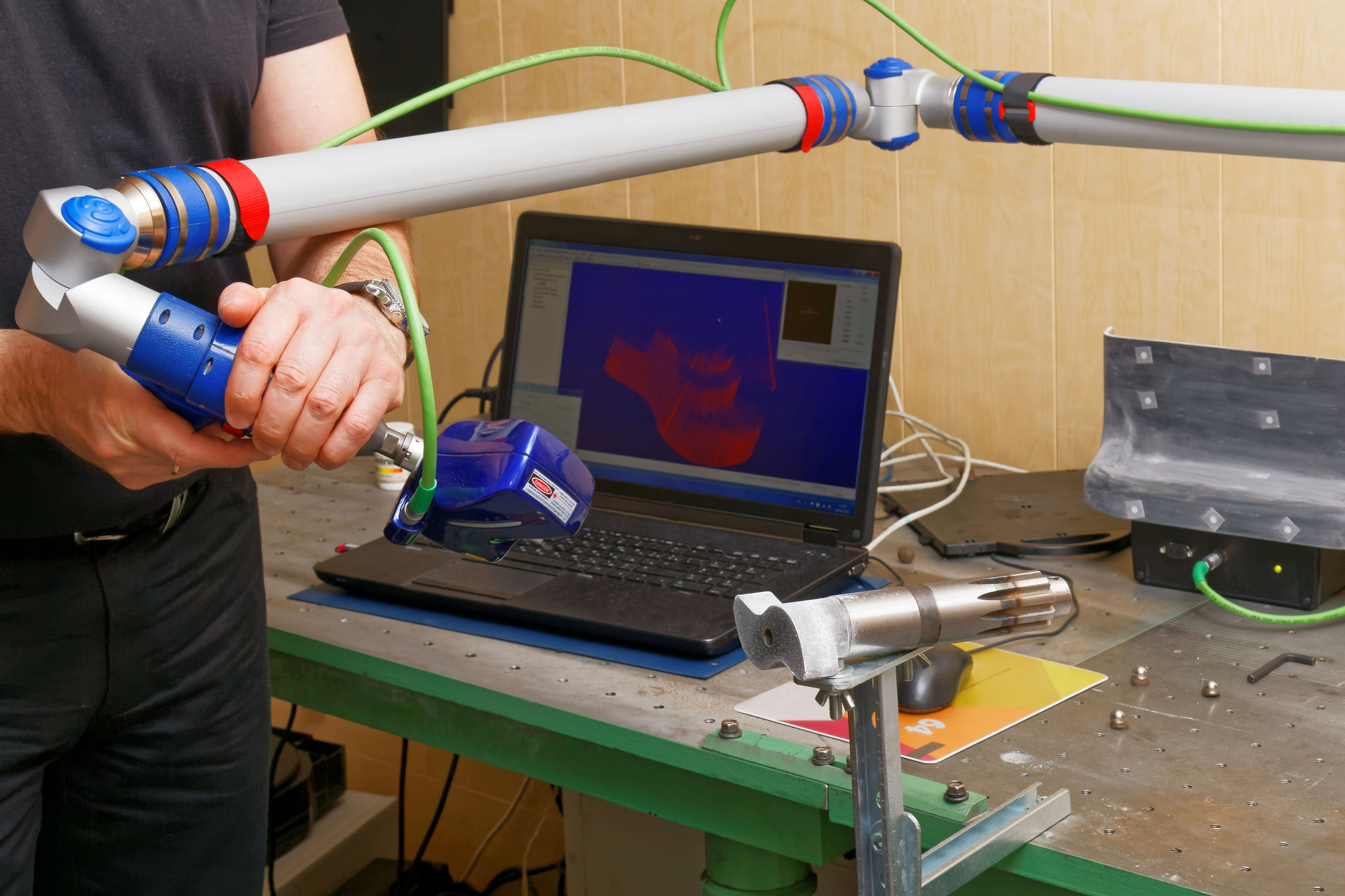Reverse Engineering for Digital Products

Reverse engineering is the process of understanding how a product is made or how it works by examining the product itself. In the context of digital products, this involves analyzing the product’s code, structure, and functionality to gain insights into its design and implementation.

There are several reasons why someone might want to reverse engineer a digital product:

- To understand how the product works: This can be helpful for troubleshooting, debugging, and improving the product.
- To learn about the product’s design: This can be useful for developing new products or features, or for integrating the product with other systems.
- To identify potential security vulnerabilities: This can be important for protecting the product and its users from malicious attacks.
There are a number of different techniques that can be used for reverse engineering digital products, including:
- Code analysis: This involves examining the product’s source code to understand its structure and functionality.
- Protocol analysis: This involves analyzing the product’s communication protocols to understand how it interacts with other systems.
- Functional testing: This involves testing the product’s functionality to identify potential errors or vulnerabilities.
Reverse engineering can be a complex and time-consuming process, but it can provide valuable insights into the design and implementation of digital products. By understanding how a product is made, you can better understand how it works, how to improve it, and how to protect it from security vulnerabilities.## Reverse Engineering For Digital Products
Executive Summary
Reverse engineering is a powerful technique that can be used to gain insights into the design and functionality of digital products. By breaking down a product into its component parts and understanding how they work together, you can learn valuable lessons that can be applied to your own product development efforts.
Introduction
Digital products are becoming increasingly complex, making it difficult to understand how they work and how to improve them. Reverse engineering can provide a valuable roadmap for navigating this complexity. By taking a product apart and examining its inner workings, you can gain insights into its design, functionality, and user experience.
FAQs
- What is reverse engineering?
Reverse engineering is the process of taking a product apart and examining its inner workings in order to understand how it works. This can be done by disassembling the product, analyzing its code, or using other techniques to gain insights into its design and functionality.
- Why is reverse engineering important?
Reverse engineering can be a valuable tool for product development, as it can provide insights into the design, functionality, and user experience of a product. This can help you to identify areas for improvement and to develop better products of your own.
- How can I use reverse engineering to improve my product development?
There are a number of ways to use reverse engineering to improve your product development process. You can use it to:
* **Identify areas for improvement:** By understanding how a product works, you can identify areas where it can be improved. This can help you to make better design decisions and to create products that are more user-friendly and efficient.
* **Develop better products:** By learning from the successes and failures of other products, you can avoid making the same mistakes and develop better products of your own.
* **Gain insights into user needs:** By understanding how users interact with a product, you can gain insights into their needs and preferences. This can help you to design products that are more user-friendly and meet the needs of your target audience.Top 5 Subtopics
1. Design
The design of a digital product is critical to its success. A well-designed product will be easy to use, navigate, and understand. Reverse engineering can help you to understand the design principles behind a successful product and to apply them to your own designs.
2. Functionality
The functionality of a digital product refers to the features and capabilities that it offers. Reverse engineering can help you to understand how a product’s features work and how they interact with each other. This can help you to identify areas for improvement and to develop products that are more functional and user-friendly.
3. User Experience (UX)
The user experience (UX) of a digital product refers to how users interact with it. A positive UX will make a product easy to use, navigate, and understand. Reverse engineering can help you to understand the UX principles behind a successful product and to apply them to your own designs.
4. Performance
The performance of a digital product refers to its speed, efficiency, and reliability. Reverse engineering can help you to identify bottlenecks and areas for improvement in a product’s performance.
5. Security
The security of a digital product refers to its ability to protect user data and privacy. Reverse engineering can help you to identify security vulnerabilities in a product and to develop strategies to mitigate them.
Conclusion
Reverse engineering can be a valuable tool for product development, as it can provide insights into the design, functionality, and user experience of a product. By breaking down a product into its component parts and understanding how they work together, you can learn valuable lessons that can be applied to your own product development efforts.
